The Sense of Touch in Birds
The Sense of Touch in Birds
Birds have contact and touch sensors on various parts of their bodies.
These include their feet, bills, and tongues (i.e. Woodpeckers).
This relates to the fact that it is these parts of their bodies that most often come into contact with the rest of the world. In some birds the tactile sensors are particularly well developed in the beak, allowing them to feed mostly by probing and feeling for prey. This is most evident in waders.
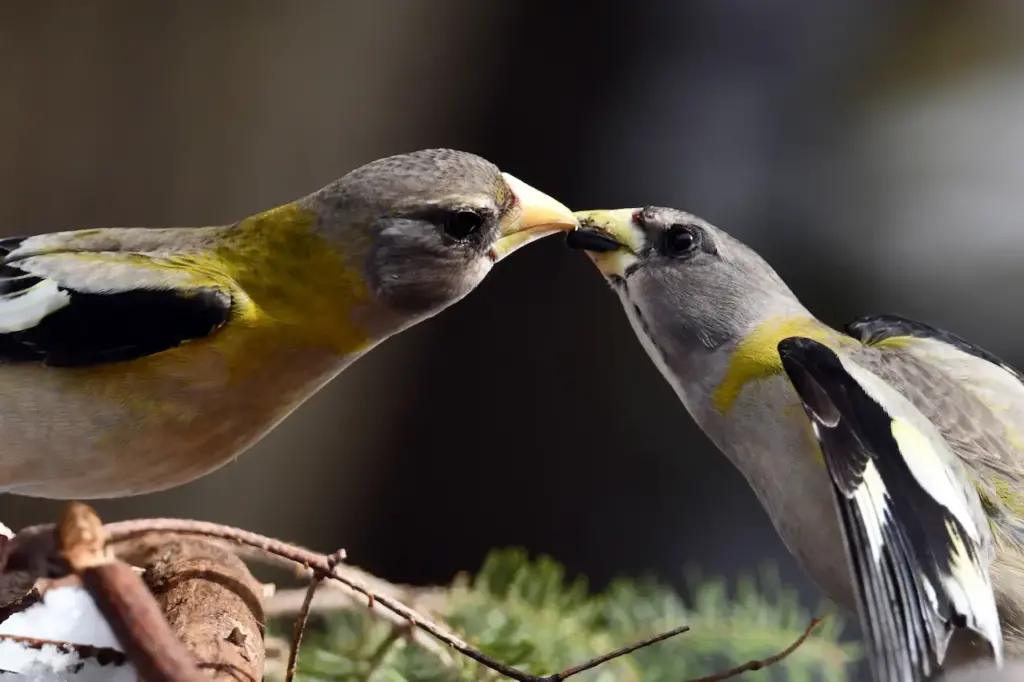
The Sense of Touch in Birds
The Sense of Touch in Birds
Birds also have special small feathers called bristles, which are situated all around the body and help birds know where their feathers are.
Some birds also have a large number of vibration sensors called ‘Herbot’s corpuscles’ located in their legs.
These allow them to detect the approach of other birds or predators, along both the ground and on the limbs of trees.
Herbot’s corpuscles have also come to play a role in the nuptial displays of certain species of grouse. This ability to detect very faint vibrations has also been suggested as a reason why birds seem to know when an earthquake is about to happen – before we humans have any idea about it.

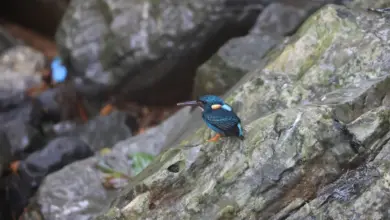
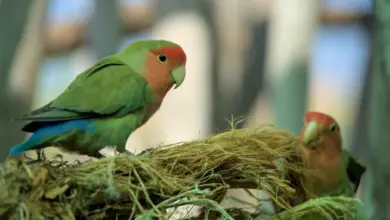
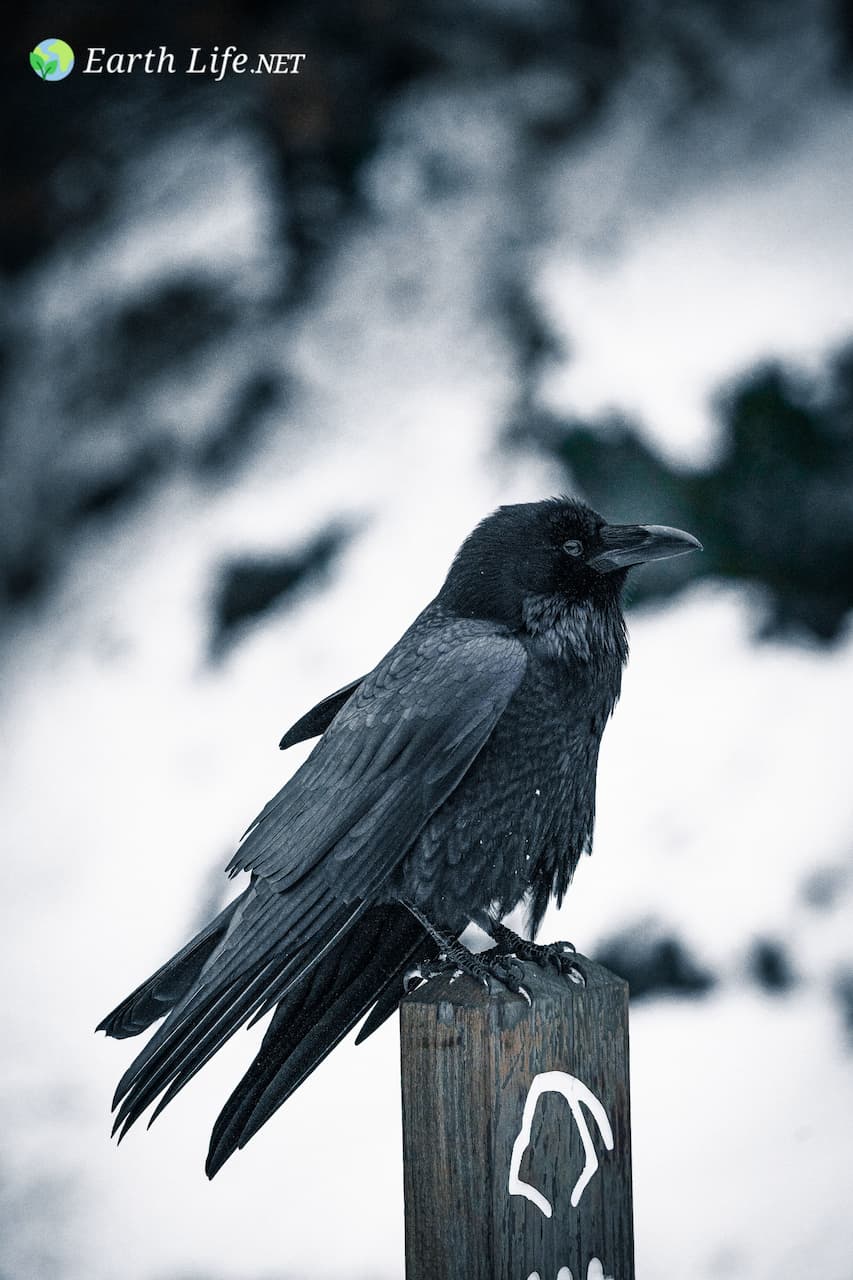
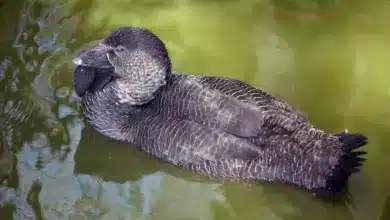
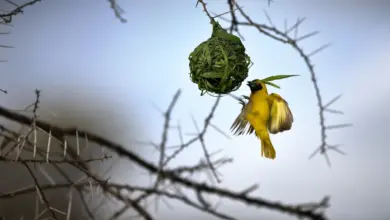
We rescued a flegling song sparrow who’s about 2 months old now from a cat but sadly, she is blind in one eye from the injury and cant be released. I don’t know if this will sound weird or not but, both my daughter and I can sometimes feel a vibration or a energy resonate from her. She’s not shivering or shaking and, its not because shes scared of us.
Can people feel this energy?